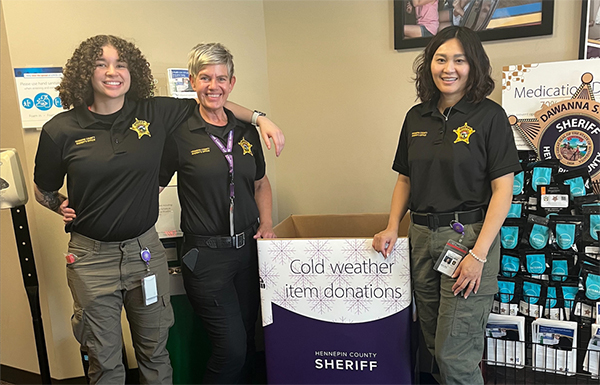There are still people alive who can remember a time before plastic, and yet today it plays a role in nearly every part of our lives, and can even be found in our bodies, soils and water. Plastic consumption is expected to keep growing, and recycling isn’t enough to address the problem, so it is important to reduce plastic use both personally and in our broader systems.

Growth in plastic consumption
The amount of plastic produced and used has grown immensely since it first became available in the 1960s. The Environmental Protection Agency estimates that in 2018, 35.7 million tons of plastic were generated in the United States, which was over 12% of our general waste. This growth is expected to continue.
By the year 2050, it is estimated that more than 20% of global oil production will be used to produce plastic, and there will be more discarded plastic in the ocean than fish. Over 40% of plastic is used only once and then disposed of, and it takes around 500 years to degrade. This means we have a major plastic problem to deal with.
Recycling plastic is not enough
A whopping 91 percent of plastic isn't recycled, with most of the rest sent to landfills. If you think about the variety of ways we use plastics and how many different types exist, it starts to make more sense why. Imagine setting up a system to collect everything from your disposable plastic contact lenses to yoga pants, clothes hangers, ketchup bottles, or flat screen televisions! It is just not possible to collect and recycle it all together.
Plastic packaging, such as bottles and containers for food and beverages, makes up a quarter of all plastic produced. This is the type of plastic most often accepted in recycling programs. Only two plastic types, #1 PET and #2 HDPE, which people recognize as bottles and jugs, make up the majority of the plastic that is recycled.
A 2016 residential waste sort in Minneapolis showed that a little over 50% of PET and HDPE containers ended up in the recycling, and 12% of other plastics #3-7 were recycled. This means residents are doing a moderate job of recycling the items they can but there is still lots of room for improvement.

Reducing your plastic use
Because of plastic disposal challenges, the best thing you can do is look for ways to reduce what you use. To reduce plastic associated with food and beverages:
- Plan before you shop: bring reusable bags and containers to the grocery store
- Pay attention to packaging: see if you can buy loose produce, buy a different size to get recyclable packaging, and avoid individually packaged items
- When you run out of things like plastic wrap and plastic baggies, opt for reusable alternatives instead
- Use reusable dishes at work, and avoid single-use plastics at work and personal events
Use your voice to ask for change on a broader level and advocate for better systems:
- Contact your local representatives (city council, county commissioners, state representatives) and tell them about the changes you want to see to reduce plastic use
- Provide constructive feedback to restaurants that give you plastic packaging or utensils
- Contact stores and product manufacturers to ask them to use less plastic in their products and packaging
- Use your social media influence for good by sharing information about your personal journey or by supporting businesses making positive change
There is a lot we can do personally to reduce our consumption of plastics and to advocate for broader change.

